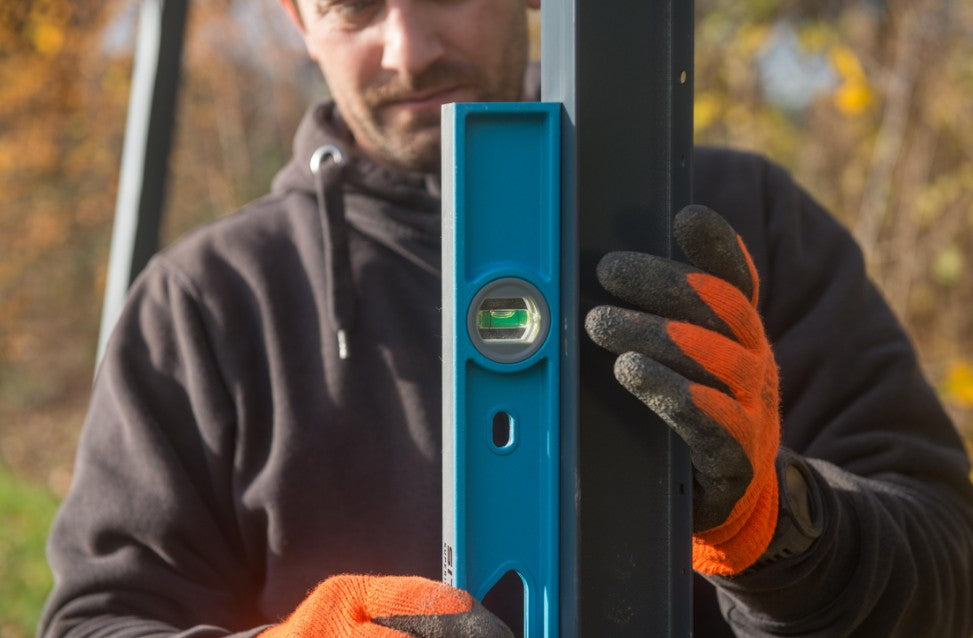Boundary Fencing Rules

Your property boundary and the laws surrounding this are not something you think about very often. But when it comes to replacing, repairing, or installing an entirely new fence, it pays to know exactly what you can and cannot do.
So, to help you avoid costly mistakes, unwanted stress, and to stay on the right side of your neighbours, we explain all you need to know about your boundary rights in this article.
Do I need my neighbour’s permission to replace fencing?
Prior to starting any work, you will need to establish who is responsible for the fence in question.
Not sure which side of the fence is your responsibility? Read this to help you.
A common misconception is that every house is responsible for the boundary to its left. While this is true for many properties, it is not always the case, and you should check your property deeds for confirmation – which can be requested from Land Registry.
If you find the fence is located on your neighbour’s property, the best thing to do is simply start a conversation. Ask if they are aware of the damage and what their plans are on replacing the fence. They may not even be aware of the problem, especially if the damage is worse on your side.
An important note: Your neighbours are not legally obliged to replace a fence unless it is posing a safety issue. So, if you find yourself at a crossroads, a final option may be to erect a new fence on your own land. You can do this without their permission, as long as it is inside your boundary and on your private property.
Do I have to install a fence around my property?
Surprisingly, there are no laws that state you must erect fencing around your property. Unless however you fall into a certain category. Living next to a railway, containing livestock, or if your deeds require you to, are all common reasons to why you may be legally obliged.
Although, there are many good reasons to put fencing around your property. You can maximise privacy and security, add to the aesthetic of your home, and boost its kerb appeal.
How tall can my fencing be?
As a general rule of thumb, fencing can be a maximum of 2m high for back gardens, and 1m high for front gardens/driveways. Anything above these thresholds and planning permission will be needed.
If located next to a highway used by vehicles (or the footpath of a highway) anything above 1m high will also require planning permission.
Do take note that these are just guidelines and every property I subject to individual restrictions. Therefore, be sure to avoid costly mistakes by double-checking your plot limitations.

Can I use my neighbours fencing to hang plants, etc?
The simple answer is: yes, as long as you receive their express permission.
Without your neighbour’s permission, hanging plants, painting, or leaning something against their fence that causes damage can land you in trouble. In fact, you could be charged for criminal damage.
Fencing supplies for your property
Looking to install a new fence? At Birkdale, we supply the industry with superior fencing supplies. Our FenceMate®, GateMate®, SiteMate® and DuraPost® ranges include everything you need for a secure, strong, and professional looking fence. Explore our fencing products today, or contact our expert team with your questions – we are more than happy to help.
DuraPost® fencing systems
Create Extraordinary Spaces
DuraPost® steel fence posts and composite fence panels. Find out why they are the ultimate fencing system.






